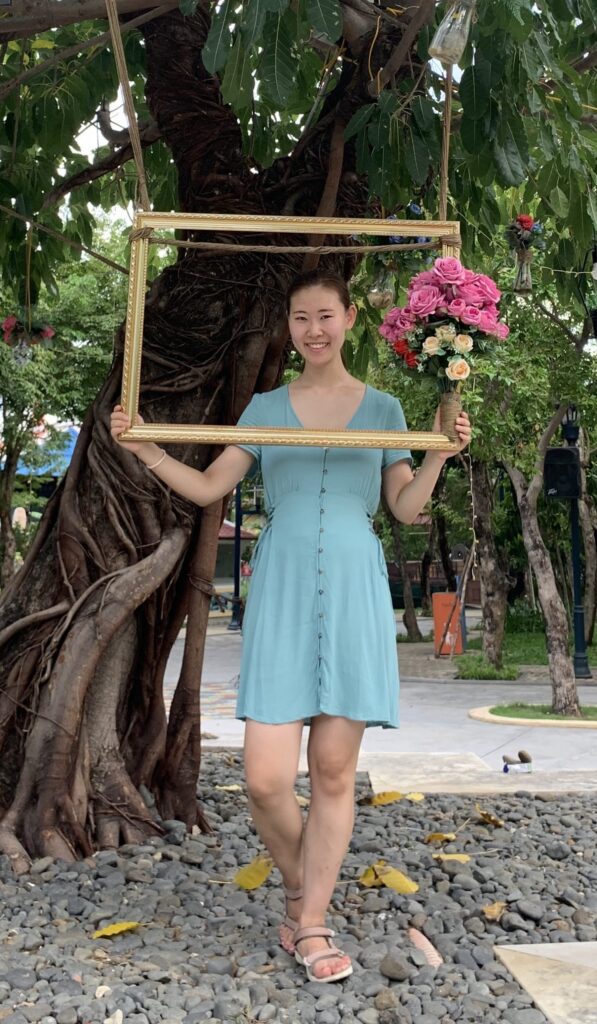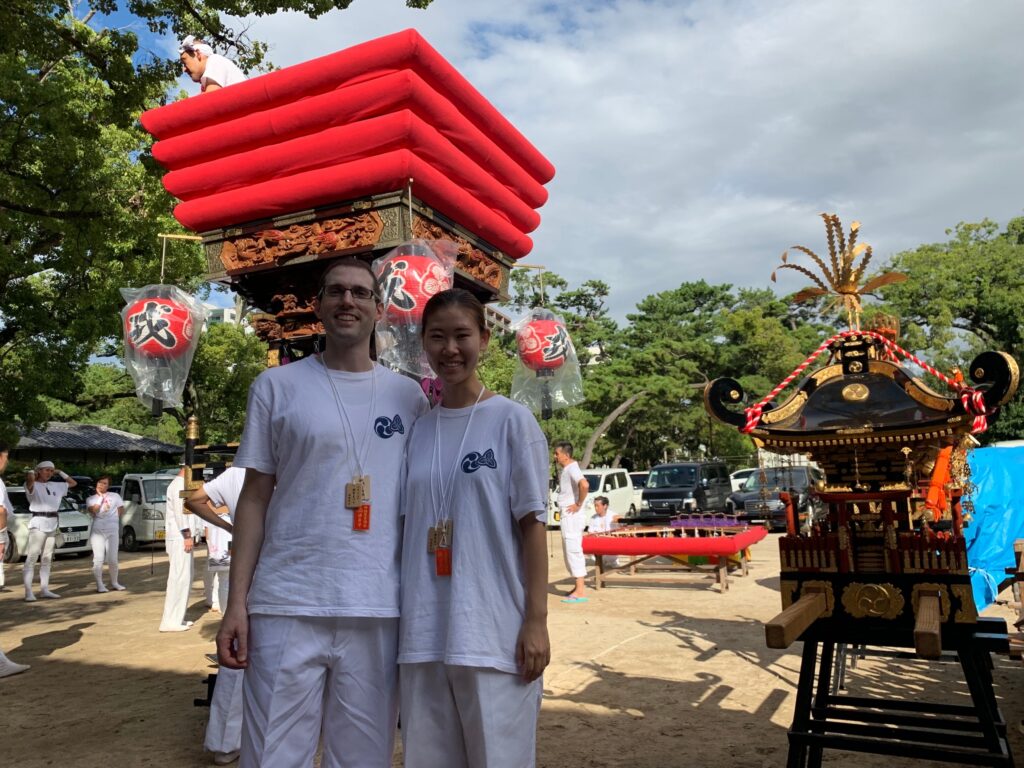ABOUT | アバウト

Gerard first came to Japan in 2012. He first lived in Koshien and taught at a kid’s eikaiwa. He originally thought that he would only stay in Japan for a year or two but fell in love with the country and decided to stay a little longer. He developed a sense of community in Kansai and expanded his community when he met Rimi. Rimi has always lived in Japan but hopes to live in England for a little while. She wants to experience living abroad and have dedicated time to really focus on learning and becoming fluent in English.
ジェラルドは2012年に日本に初めてきました。彼は甲子園に住みながらキッズ英会話で教えていました。日本に滞在するのは1年間だけの予定でしたが、住めば住むほど日本が好きになり、滞在期間を延ばしました。関西でのコミュニティーを広げ、理美と出会ってからはさらに広がりました。理美は日本で生まれ育ち、いずれはイギリスに留学したいと思っています。理美は海外の生活を送ってみたい、そして詳しく英語を学びたい、流暢に英語が話せるようになることが目標です。

Gerard and Rimi met at a Halloween party in downtown Osaka. Gerard was dressed as Olaf from Frozen and Rimi was a cat. They talked every day after that, being able to meet about once a week. They moved in together and within 4 years they got married. Shortly after that, they started the American Academy of Japan.
ジェラルドと理美はハロウィンパーティーで出会いました。ジェラルドはアナと雪の女王のオラフのコスチュームを、理美は黒猫のコスチュームを着ていました。出会ってすぐに意気投合し、その後も毎週会っていました。 4年の交際を経て、結婚をしました。そして結婚をしてしばらくしてからジェラルドの夢であったアメリカンアカデミーを立ち上げました。

Gerard and Rimi believe that learning English as early as possible will give children in Japan a better and more well-rounded childhood. Studies show that bilingual children develop synapses in their brains than non-bilingual students.
As the world becomes more globalized, learning a second language will allow Japanese children to be global citizens when they grow up. Starting at an early age will enable them to handle the difficulties of a world moving at a faster pace.
ジェラルドと理美は英語を少しでも早く身につけることによって世界がさらに広がると信じています。研究でもバイリンガルではない子供たちの脳に比べ、バイリンガルの子供たちの脳は神経が発達していると証明されています。
世界はグローバル化してきています。第二言語を学ぶことで将来子供たちの選択肢も広がり、豊かなものになるはずです。
The driving influence behind American Academy is a passion for education. Rimi, primarily a nurse, and Gerard, a teacher by trade, both have a calling to help people. We follow the adage, “If you give a person a fish, the person eats for a day, but if you teach that person to fish, that person eats for a lifetime.” American Academy wants to create well-educated and well-balanced children that can help themselves and others as they grow into adults.
教育の情熱はアメリカンアカデミーの原動力となっています。理美は看護師で、ジェラルドは教師で、2人とも人を助けます。「―人に魚をあげれば彼は一日食べさせられる。彼に魚の釣り方を教えれば一生食べさせられる」と言うことわざがあります。アメリカンアカデミーはそのことわざのように、知識があり、バランスの取れた子供たちを育て、子供たちが将来誰かのために知識を活かし、人を助けることができる人になって欲しいと思っています。

